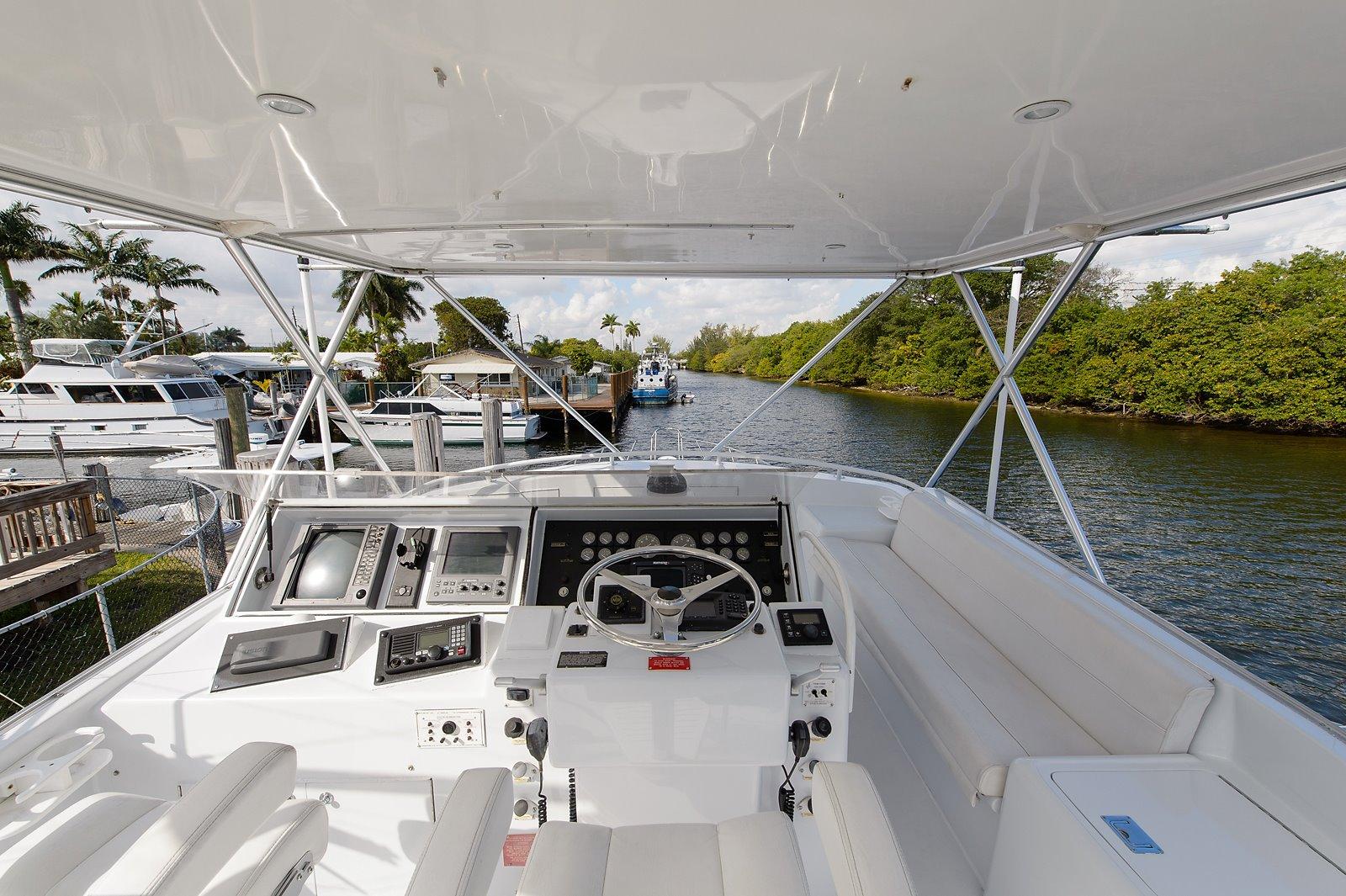-
Dytek Marine Automatic Battery Charger Manual카테고리 없음 2020. 2. 16. 00:31
There are three types of marine batteries. Starting batteries are designed for a short burst of high amperage that will crank your boat's engine to life. As soon as the engine kicks on, the alternator will take over recharging the battery. In average use, a starter battery won't discharge by more than 10 percent. The plates in starters are thinner and more porous than the solid lead plates in deep cycle marine batteries.
These are used to keep your radio, plumbing system, GPS and bilge pump going dependably when you are offshore, and are designed for longer discharges at lower amperages. A dual-use battery is a compromise between deep cycle and starter batteries. Even though they perform differently, the principles in charging them are similar.Inspect your dead marine battery. Make sure that the terminals are free of corrosion and the electrolyte cells are filled.
If not, fill them with distilled water, and proceed through the charging steps. If the battery is doesn't charge, you might have a dead battery, so try Step 2.Test the battery yourself with a volt meter. Connect the two leads to the two posts between negative and positive. If you see little difference in voltage, turn off all power going to the old battery, and bring your dead battery to a service station or marine dealer to see whether or not it needs to be replaced. The service station attendent will test the specific gravity of the electrolyte with a hydrometer to see if the battery can be recharged.

If it is truly dead, recycle it to redeem credit for the core and choose the best battery type for your needs.Thoroughly brush and clean all the terminals. Check the wires to insure they are in good condition.Make sure your 12-volt constant current charger is turned off. Hook up the negative, black terminal to the negative side and the red, positive terminal to the positive side. Your first phase of charging is termed bulk, where you maintain constant charger amperage and your battery's voltage increases. On your charger, select a charge rate up to 20 percent of your battery's amp hours, which is how batteries are rated. If you choose more, your battery could overheat.The best chargers also add a float phase where the charge voltage is cut and used to maintain a fully charged battery until you need the power.
Dytek Marine Automatic Battery Charger Manual

When fully charged, your voltmeter should read 12.7 volts or slightly more. Tip. If you are relying on a dual purpose marine battery, it's a good idea to install a battery gauge to monitor your power. There are better chargers that work in three stages, controlled by a microprocessor. In addition to the bulk phase it will also provide an absorption sequence where the voltage is constant but the amps decrease until the battery is fully charged. It will also add what is termed an equalizing phase, an overcharge that will balance the voltage between individual cells caused by chemical effects of battery acid, which tends to gravitate toward the bottom of the cells.